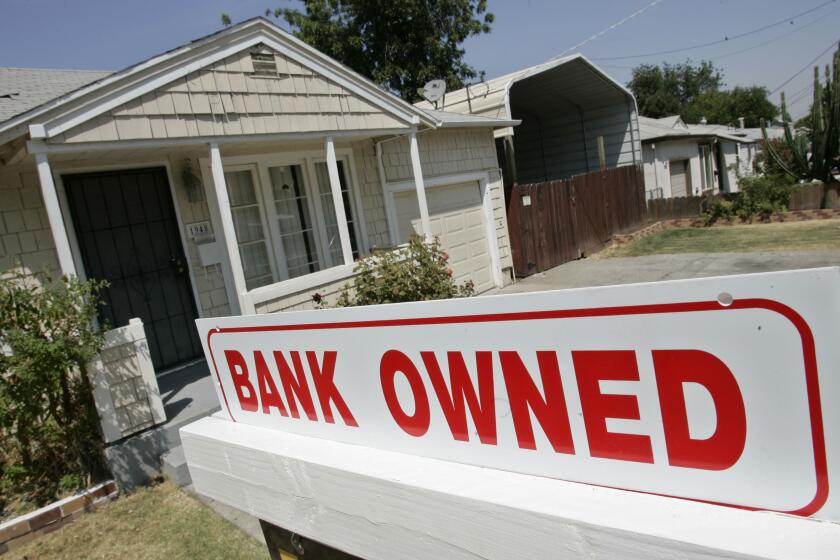6 easy ways to lose weight — when you love carbs

If you’ve hit a wall with restrictive diets such as paleo, Whole30 and keto and can’t stop dreaming of croissants and burritos, it may be time for something different.
Noted New York-based dietitian Tanya Zuckerbrot tells her 66K fans on Instagram (and her many L.A. clients) that you can eat grains, beans and dairy and still lose weight.
And your body will thank you in the long run, she says.
“I see a lot of people plateau on paleo” as their metabolism slows from not getting enough fiber from vegetables alone, says Zuckerbrot, author of the popular F-Factor Diet book.
Fiber, she says, is the ultimate weight-loss tool. It has no calories, and has a thermogenic effect, boosting metabolism as the body works to digest it. It also sends a satiety hormone to the brain to tell you that you’re full, and acts like a sponge to absorb cholesterol and flush it from the body, lowering the risk of cardiovascular disease.
When we eliminate whole categories of foods from our diet we may lose weight in the short run, but risk deficiencies in calcium and fiber, which are both hard to get from vegetables alone, she says.
On average, Americans take in just half of the minimum recommended daily allowance for fiber of 25 grams for women and 38 for men, according to the U.S. Department of Agriculture.
Besides, do you really want to live without eating pasta or fresh bread ever again?
Here are her common-sense tips for losing weight without feeling deprived.
1. Combine fiber and protein at every meal
The combination of protein and fiber is more filling than protein alone, she says, and it encourages your body to hold onto more muscle mass while losing weight. Try adding nut butter to your apple for a snack, add beans or roasted vegetables to your lunchtime chicken salad, and make sandwiches with high-fiber whole-grain bread.
2. Eat breakfast...
Eat breakfast within an hour of rising, Zuckerbrot says, to keep your metabolism revving. Aim to meet up to half your fiber needs before noon. Combine overnight oats or fiber-rich cereals (such as an All-Bran or Fiber One) with lean proteins such as egg whites, Greek yogurt or low-fat cheese to fill you up and keep blood sugar stable.
3. ...And a midafternoon snack
A 200-300 calorie snack of protein and fiber helps stave off the hunger that will make you overconsume at dinner, when your metabolism is likely to be the most sluggish. She recommends eating a high-fiber cracker — she likes GG Scandinavian Bran Crispbread, with 8 grams of fiber per serving — with turkey and mustard or having a cheese stick and an apple, or high-fiber cereal with berries and ricotta cheese.
4. Watch your portions, and your protein
As dining out has surged, so have portions, even at home. Limit the amount of lean meat you eat at dinner to three or four ounces for women, six to eight ounces for men, Zuckerbrot says, and fill up the rest of your plate with roasted veggies, such as artichokes, asparagus, broccoli, cauliflower and Brussels sprouts. Or make some turkey chili with beans and have it with a salad.
5. Opt for an app when dining out
Broth-based soup or a green salad is a great way to fill up and help meet your fiber requirement before your entree arrives so you’re able to summon the discipline to take the other half of your entree home.
6. Make your last meal your smallest
Don’t save the biggest meal of the day for last. “People save all of their calories for the end of the day when their metabolism is at its slowest,” Zuckerbrot says. Try to eat more substantial meals at breakfast and lunch, and get your snack in well before 5 p.m. so you can make an “empowered” choice at dinner.
READ ON!
Yes, you can eat your way to beautiful skin
10 high-tech gadgets to help you get to sleep
How ‘Scandal’s’ Katie Lowes hid her psoriasis



